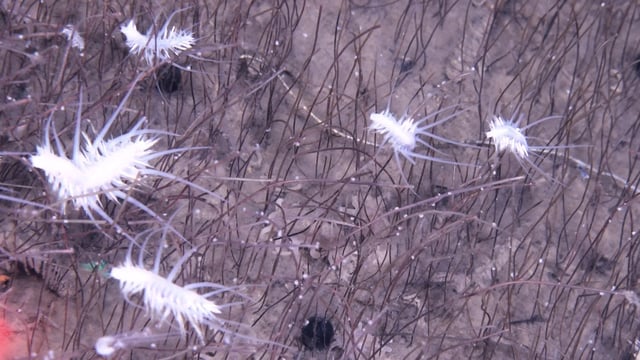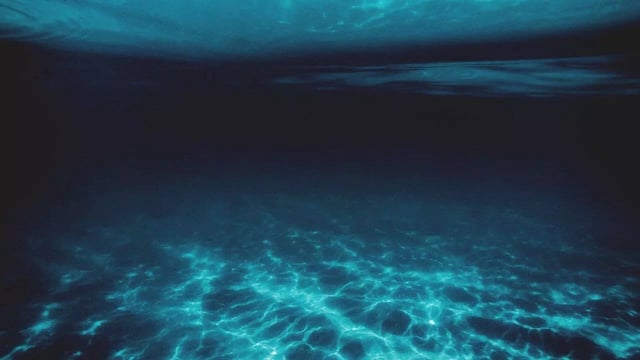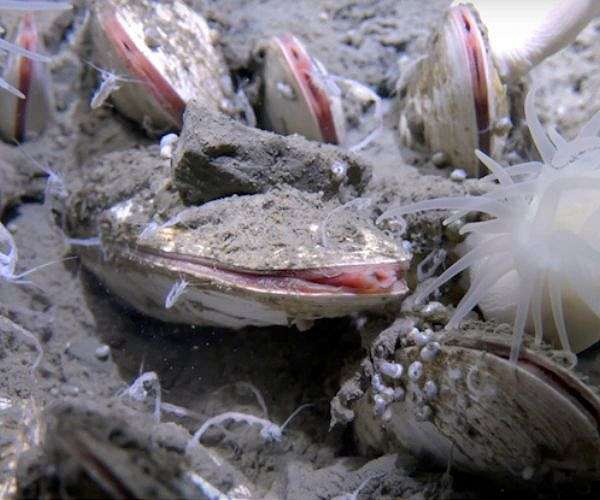Overview
- Fendouzhe conducted 23 dives over 40 days across the Kuril-Kamchatka and Aleutian trenches, finding life on 19 dives down to 9,533 meters
- Colonies of tubeworms and molluscs cluster around cold seeps fueled by methane and hydrogen sulfide released by sediment microbes
- High-resolution imaging and specimen sampling have identified multiple organisms likely new to science from the hadal zone
- The discovery extends known limits for complex animal life by nearly 25% and prompts updates to deep-ocean carbon-cycle models
- Researchers highlight implications for astrobiology by comparing trench adaptations to potential life support in subsurface oceans of icy moons


